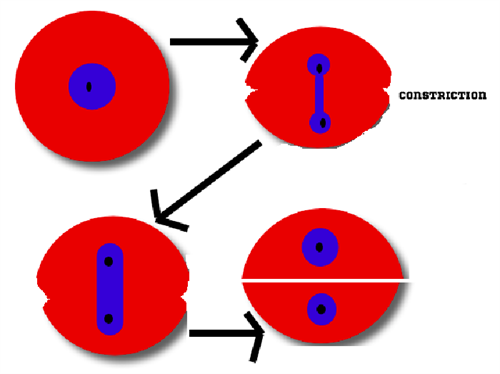PDF chapter test TRY NOW
All living organisms initiate their life from a single cell? Have you ever think, how a single cell goes to form an entire organism?
The process by which cell undergoes division to produce new cells from pre-existing cells is called as cell division.
All living things are made up of cells. There are two significant classifications of cell in plants and animals.
Somatic cells or vegetal cells: Cells which occurs all over the body except gametes.
Example:
Nerve cells, muscle cells, epithelial cells.
Reproductive cells or sex cells: Cells which involve in the formation of gametes.
Example:
Sperm (male gamete) and Ovum (female gamete).
The growth and the development of a living organism entirely depends on cell division. Nageli pointed out that new cells are formed from the pre-existing cells by division in \(1846\).
Types of cell division:
In animal cells, cell division happens in three ways
- Amitosis - Direct division
- Mitosis - Indirect division
- Meiosis - Reduction division
Amitosis:
- It is the direct method of cell division.
- It is an asexual cell division.
- This type of cell division takes place in unicellular animals, aging cells and foetal membranes.
Steps involved in Amitosis:
- Elongation of nucleus
- The nucleus deepens due to a constriction and divides into two
- Division of cytoplasm
- Formation of two daughter cells

The process of amitosis
Important!
- A typical eukaryotic cell divides on average every \(24\) hours.
- A time period of the life cycle varies from organism to organism and also from cell type to cell type.
- Yeast completes the life cycle in \(90\) minutes.
Reference:
https://upload.wikimedia.org/wikipedia/commons/f/f5/Amitosis_.png
